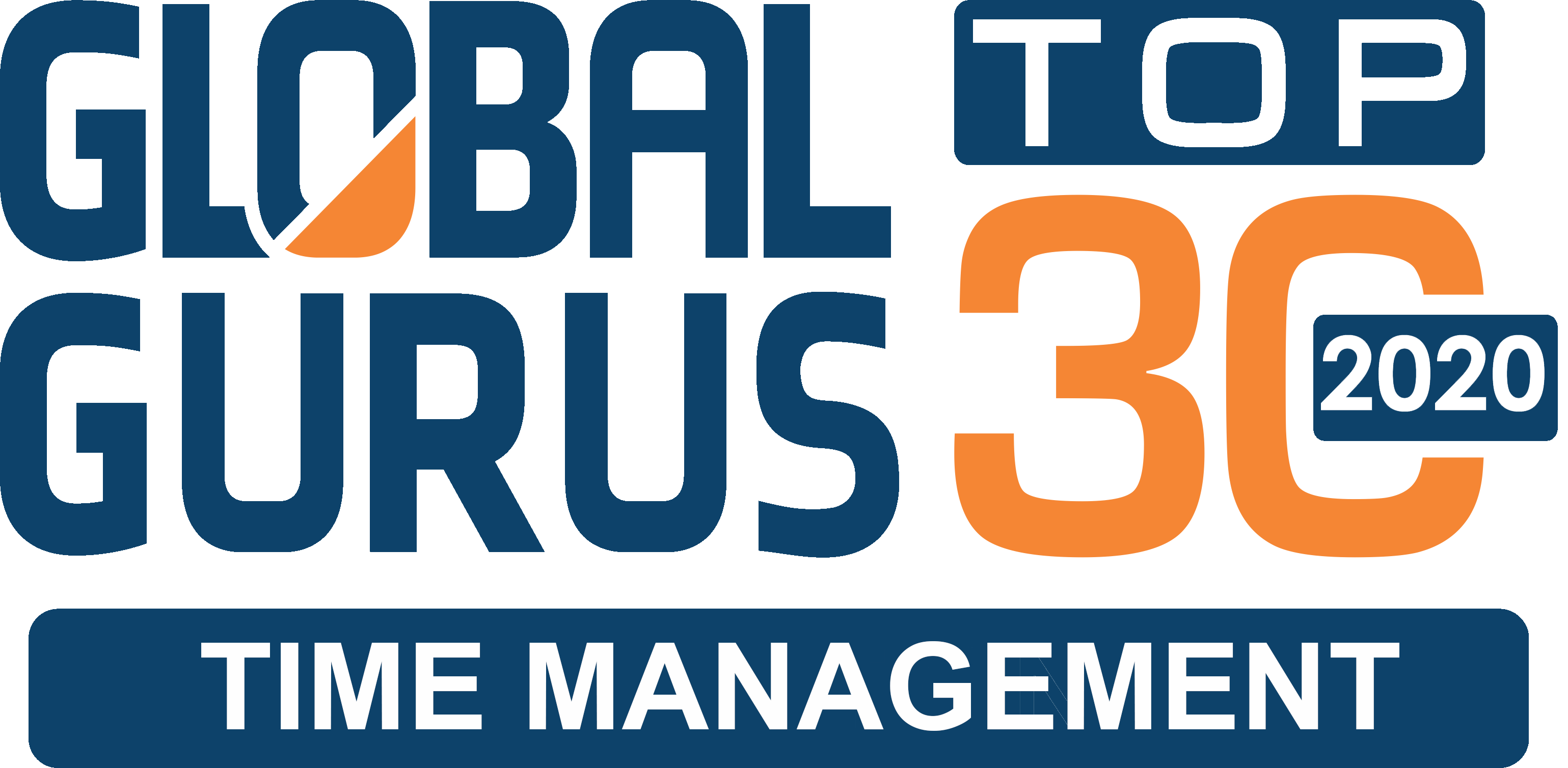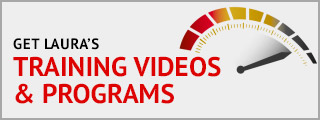I recently participated in the “Microsoft Office System Webcast: A First Look at the 2007 Microsoft Office System” that previewed some of the new features of Microsoft Office 2007.
I’m excited about the changes I saw. While the move from Office 2000 to Office 2003 brought us mostly cosmetic changes, there is a lot of new, improved functionality in Office 2007. Here are some of my favorites:
· The menu system is replaced by a “ribbon,” which is essentially a customized tool bar with buttons for each command.
· The ribbon opens a series of “command tabs” that are contextual, meaning they only appear when you need them. So you don’t always have your menu bar cluttered up by a bunch of icons that are meaningless at the time. Each application has its own set of command tabs in the ribbon that applies to what that application most commonly does. No more hunting for commands and dialog boxes!
· A “quick access” toolbar is present on the top that allows you to add tabs and customize your application.
· A Microsoft Office logo (very similar to what Mac users see with the Apple) now appears on the left side for commonly used commands.
· In MS Word, a nifty “live preview” feature lets you hover over the fonts and styles to see what a change would do to your text if selected.
· Very similar to adding signatures in Outlook, you can now add “building blocks” across all Office applications, such as footers, strings of text, addresses, etc. Think of it like a library of templates with strings of text you tend to type over and over again, kind of “structural chunks.” AutoText on steroids.
· In MS Outlook, there’s a cool new News Reader that helps you manage and subscribe to RSS news feeds on industry news and information important to you.
· To solve the problem of people putting tasks on their calendar, Outlook now has a nifty “to-do” bar, which displays meetings and tasks for the day, including ones from MS Project and OneNote, all in a single view. Flags actually automatically create a task for you depending on the selected time. Tasks display right on your calendar, so you know when to do it and don’t get them confused with appointments with an actual set time. The calendar has your in-box flags, tasks, meetings…everything all in one place!
· Outlook also has a refined search function, which will save you time locating your messages.
· To save even more time, you no longer have to open attachments in their native application (MS Word, Excel, etc.). You can preview attached files right in the Outlook interface.
· Customizable color categories now apply across all of Office, so you can quickly see all email, tasks, and meetings for a project.
· Upgraded security features let you specify whether an email message can be copied, forwarded, viewed or printed, etc., very similar to setting security settings for PDF or other documents.
· In PowerPoint, I really loved the new design feature that takes a simple bulleted list of text and uses IGX Graphics to convert it automatically into diagrams and figures.


